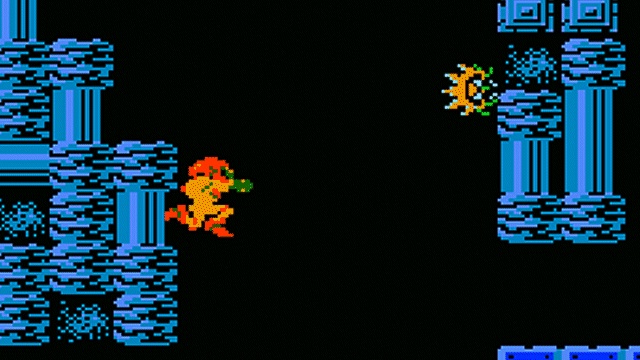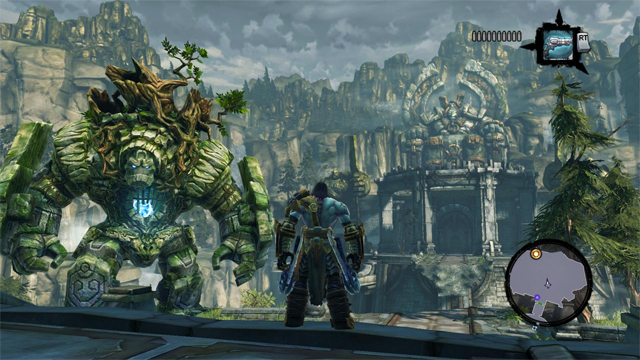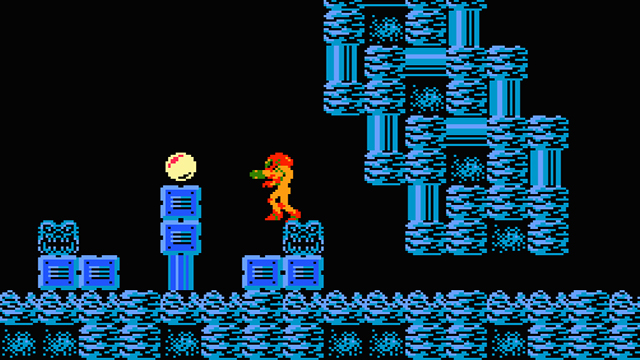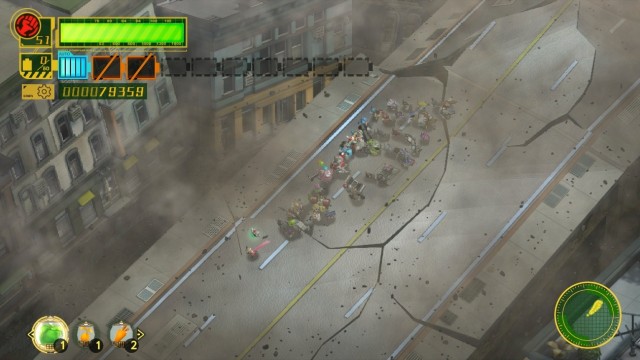
Finding secrets has always been a big part of gaming, from little things like Super Mario Bros.’ Warp Zones to entire games dedicated to searching for hidden stuff like Milon’s Secret Castle. Despite secrets usually being just a nice little bonus to the main game, though, I always feel bummed out when I miss some of them on my playthroughs. Not exactly because I care immensely about collecting coins or finding a good spot to grind and break the game’s difficulty, but because exploring the environment for hidden treasures is simply fun.
While playing some modern games recently, I’ve noticed how difficult it can sometimes be to find the right way to go when searching for secrets (or the wrong way, if we’re talking about making progress through the story). Way too often, a game takes away your freedom to go back and find all the things you’ve missed, simply because a giant boulder fell in a cutscene and is now blocking your way back to the previous location. It’s a cheap trick found in many titles to artificially increase their replayability, but it makes you surprisingly paranoid when it comes to choosing between going left or right.

We’ve all been there– standing in a tight corridor, not knowing which direction to go. I usually stick to the logic that the majority of people are right-handed and “right” is ironically enough the right way. Unfortunately, this method doesn’t work as often as I would like. The other thing I do is carefully look around the environment. If you see a big group of enemies or a character that can trigger a cutscene, go in the opposite direction. And don’t forget to trust your gut. If you feel like you’re making progress, there’s nothing wrong with taking a few steps back.
While all of these methods apply to modern 3D games, the situation changes completely when we’re talking about retro ones. In 2D platformers, like the aforementioned Super Mario Bros., there is no “left.” If you’re looking for secrets, your best guess is up or down. This rule, however, stops working if we jump to a different genre to something like Metroid. In that game, the very first power-up is acquired by going left, and the whole point is to explore and go anywhere you want. My best advice in these types of games is to analyze the map, since you can find most of the hidden stuff by just looking at how different routes can connect to each other. Some games even try to hide secrets by limiting the player in one way or another. For example, early 3D games with fixed camera angles like Resident Evil can fool you by obstructing your view or distracting your attention from important details. So, memorize the layout and explore the rooms in order.

Time is also a very important aspect of exploration. The Metroid series is known for giving you a ranking based on your item percentage and completion time. While I understand the appeal of speed-running in Metroid, I also don’t really like when a game is punishing you for taking it slow. On the other hand, The Wonderful 101 did a great job of dealing with this problem. Like any other Platinum title, The Wonderful 101 grades your progress based on three categories (Time, Combo, Damage), and then gives you a ranking based on your results. But this only happens when you play a Ranked mission, which is basically every fight or any kind of action set-piece. Between those missions, you are free to explore however you like, without being timed. It’s not exactly fair to compare the Metroid series, which was designed for speed-running, with something action-oriented like The Wonderful 101, but I just wanted to give an example of how such an issue can be dealt with.

In some games, both old and modern, there is no difference between the right and the wrong way. Progression in Banjo-Kazooie, for instance, happens by collecting things, so you’re already dedicated to thoroughly exploring the game’s world. Basically, it’s a game about finding the secrets. In the recently released Dark Souls II, on the other hand, there is no “right” way. The whole point of the game is to lie, cheat, and steal. Dark Souls II wants to kill you with everything it’s got, so you don’t go in the direction it wants you go. You find your own path, one which Eddie Guerrero would be proud. And, of course, there is the excellent The Legend of Zelda: A Link Between Worlds, which reintroduced the magic of “sequence-breaking.”
Do you have your own tricks for going off-the-grid in video games? Share them with us in the comments!




 ShareThis
ShareThis







This was a really great feature. I recently experienced the “crossroads paranoia” Anthony talked about when playing through The Prince of Persia: Two Thrones. Life upgrades in that game are usually in the opposite direction of the main path, but there are many instances in those games where you just cannot return to a previous area. Though I was lucky with my choices, it would have bothered me to no end if I had missed one of these small platforming challenges.
The 3D platformers of my childhood are what I have to thank for loving exploration in games originally. They made me appreciate exploring every inch of a game map, which is why a game like Pikmin appealed to me so much when it first came out. It’s also what has made me pour many, many hours into GTA: San Andreas over the years. There are so many little areas that can fill your time. And who hasn’t gone hunting for bigfoot?
I think the last time I took exploration to the extreme was in my playthrough of Wind Waker. I refused to progress past to first few dungeons until I had every patch of the map filled in. I think that journey really embodied what they were going for in that game.
Wind Waker is a great example of a game where “going off the rails” is rewarding and fun. I remember having the same kind of map-filling adventure myself :)
Interesting that you mention TW101, because I’m currently playing another ridiculous Kamiya game, Bayonetta, and while I love the action to no end, there are some design elements that I have an issue with that fit in perfectly with what you’re saying here. If I understand the game correctly the Alfheims don’t appear on easy, only normal and above, so I don’t think they were there to be missed my first time through. The second time, however, I completely missed the first couple, and some other items as well, because the game gave no indication that I should have been looking in the first place. The train station is an excellent example. Running across the water and breaking the barrier is necessary to trigger the Alfheim, which is easy enough to go back for; it’s just that nothing suggests that the stage has changed, or that there’s a reason to go back. It’s not exploration so much as OCD (or FAQ). I’ve played a bit of TW101 (I had to stop because it broke my rumble and I needed to get my Gamepad fixed first), and I’m hoping that Nintendo let Kamiya do his action thing but tightened up some of the other design elements. I like exploring; I just want to know when it will do something for me.
Yeah, I can see this being really annoying. I don’t think I’ve ever found all the Alfheims during my multiple playthroughs of Bayonetta. At least, in The Wonderful 101 you can buy a special item for your P-Star (flying robot) that helps you with finding secrets. It’s a quite expensive one, but well worth the money.